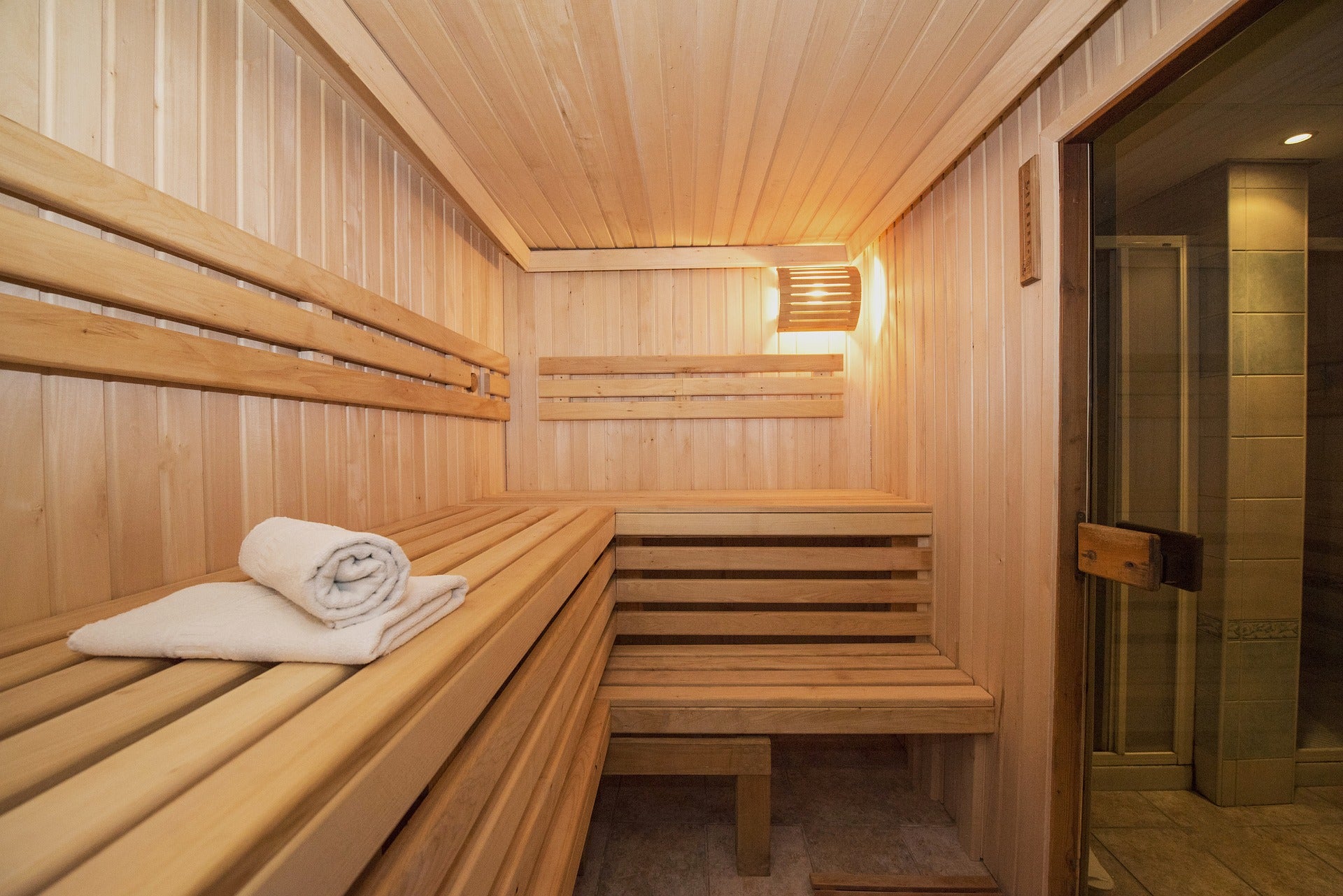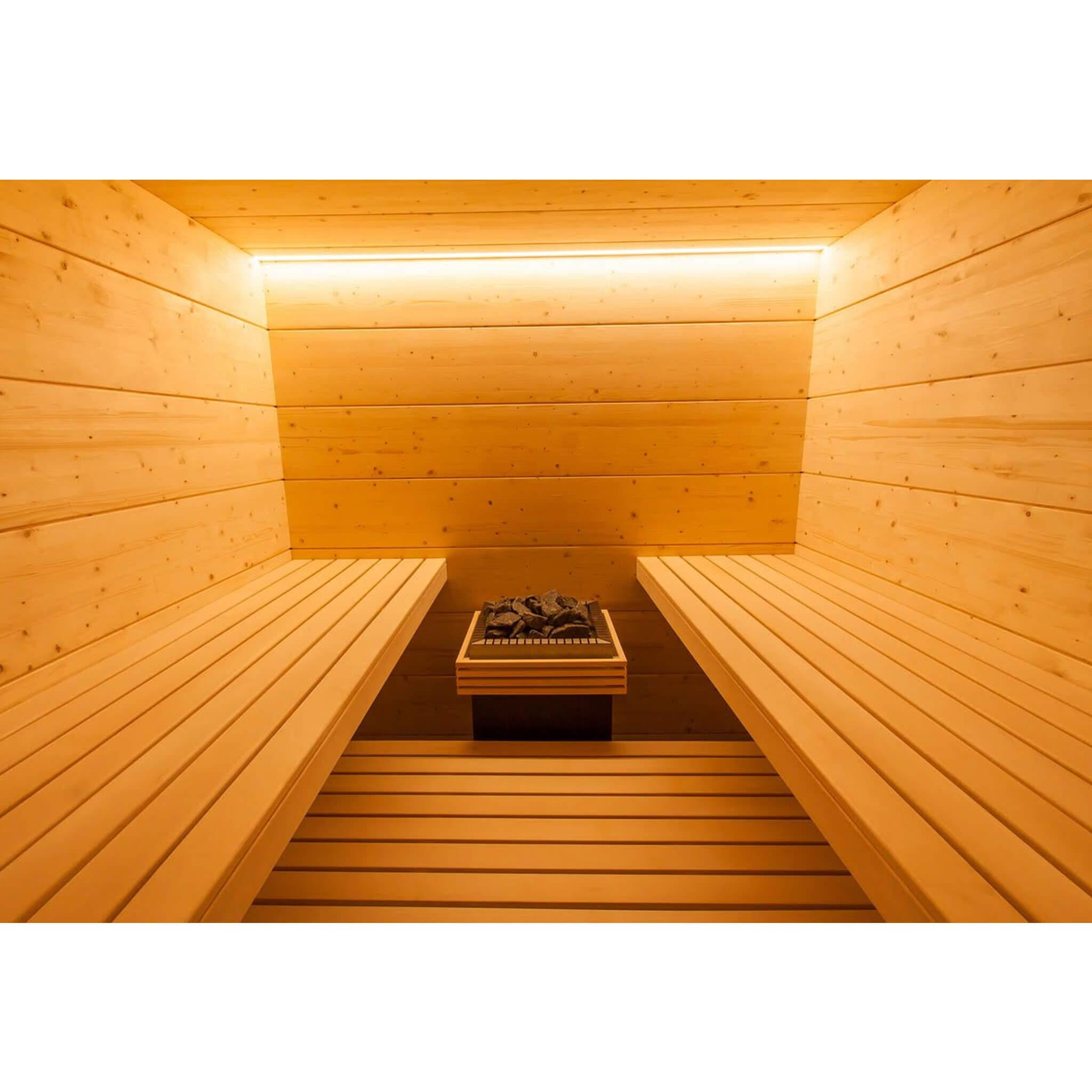Traditional Sauna Things To Know Before You Buy
Traditional Sauna Things To Know Before You Buy
Blog Article
Traditional Sauna for Beginners
Table of ContentsThe Definitive Guide to Traditional SaunaTraditional Sauna Can Be Fun For AnyoneThe Main Principles Of Traditional Sauna Traditional Sauna Can Be Fun For AnyoneAn Unbiased View of Traditional Sauna
A lot of the weight lost in a sauna is water loss and is re-gained upon rehydrating. Nevertheless, without a question sauna can be an integral part of a healthy fat burning program. To consider the distinctions between traditional and IR saunas, I will divide these into proven, theoretical, and made differences.Thus, the most popular point in the saunawhich is at the ceiling straight over the sauna heateris usually between 185 and 190 F. Claims that a traditional sauna goes beyond 200 F is merely not true and not relevant for electric saunas marketed in the US. The temperature level for a far-infrared sauna is typically established between 120 and 140 F; nonetheless, unlike the conventional sauna, the objective in and IR room is not to attain a high temperature.
Due to the fact that of this, the temperature distinction is virtually unimportant, given that excessive sweating causes both sauna types, yet the technique of warming the body is different. In an IR sauna the bather will certainly feel warm and will certainly sweat profusely, yet at much reduced temperatures (Traditional Sauna). Hence, if the objective is to invest longer periods of time in the sauna, the IR sauna is an excellent choice
When a typical sauna has been properly warmed, the sauna walls are cozy, the air temperature level has actually accomplished established temperature and the rocks are extremely heated. As an interesting side note, the warmed walls and the rocks are discharging far-infrared warmth, combined with the heated air, to produce an "wrapping up heat".
Examine This Report on Traditional Sauna

When the heat is achieved, the components cycle on and off to keep the heat. A lot of conventional sauna users enjoy putting water over the rocks to produce heavy steam to raise sauna moisture degrees. The advantages of pouring water over the rocks consist of: making the space much more comfy, dampening the nasal passages, and allowing the usage of aromatherapy by mixing essential oils with the water.

When the energy goes into the body, it causes the body temperature level to boost and ultimately causes sweating. In an infrared sauna it's essential for the emitters/heaters to continue to be on practically frequently. Because there is no mass of rocks to preserve warm, the sauna will certainly cool if the emitters closed off.
As mentioned above, the sauna bather in an infrared area wishes to position himself before operating emitters to obtain optimal advantage from the heat. The home heating time for both rooms can be really different, depending on just how the rooms are utilized. For a traditional sauna, a bather must permit 30-40 mins for the room to accomplish a wanted temperature level and to correctly pre-heat the rocks.
Traditional Sauna - Questions
A well built sauna will normally accomplish a temperature level of 150-160 F in regarding 30-40 minutes. i was reading this For hotter temperature levels, the area might require to warmth for a longer duration.

Traditional saunas have a tendency to be larger (therefore make use of more electricity) than infrared saunas, although standard saunas are definitely available in one and 2 person dimensions. For a two-person traditional sauna, 5x6 or 5x7 dimension is most popular. The top bench can comfortably seat 2 or three people and is additionally enough time to relax during the sauna session.
The Of Traditional Sauna
The typical expense per kWH of power in the united state is approximately $0.11, so a 4.5 kW heater will certainly set you back about $.50 to compete one hour, if the heater runs continuously for one hour. Commonly a sauna heater will run for 75% of the very first hour and 50% of succeeding hours on given that the elements cycle once the set temperature level is achieved.

There is a seldom reviewed my sources distinction in her latest blog the social experience between the 2 spaces. While our culture has actually shed a few of the social benefit of the typical sauna experience, it can be extremely socially gratifying (Traditional Sauna). From family time in the sauna, to heart-felt discussions with better halves, to sauna partiesthe standard sauna experience can lead to intimate mingling
More About Traditional Sauna
A lot of greater end infrared rooms include tinted light treatment, sound systems and full-glass fronts.
Report this page